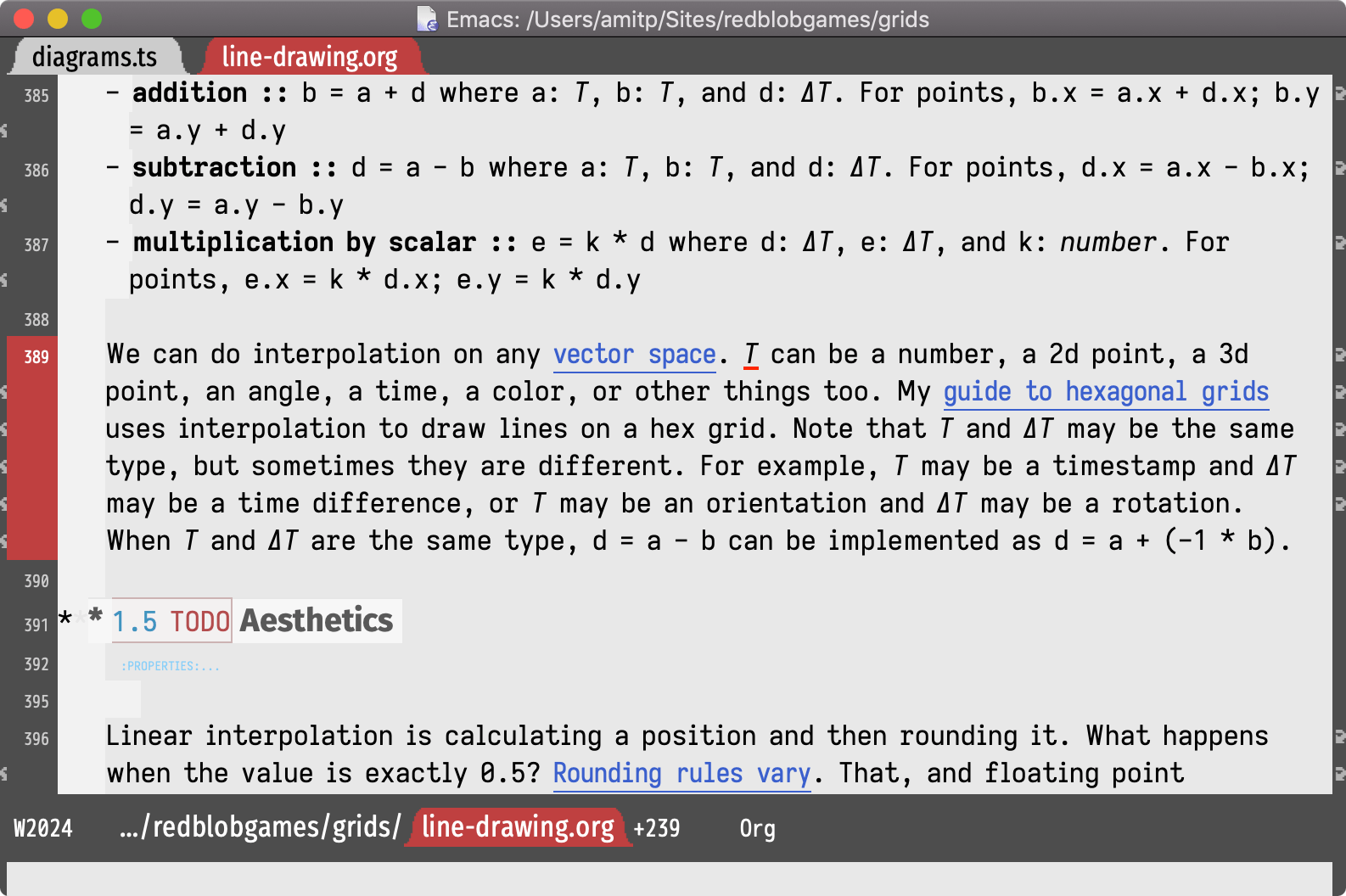Tags vs labels #
In online collections (photos, bookmarks, blog posts, emails, etc.), “labels” and “tags” are typically words attached to the content. For example I have a photo of a hummingbird on which I used the labels hummingbird (what it is) and coyote hills (where it was). These words are non-hierarchical, unlike “categories” or “folders”.
But are “labels” and “tags” the same thing?
A long time ago, I read that they're different. The distinction as described was:
- “labels” are when you mark your own content (first party)
- “tags” are when you mark other people's content (third party)
This matches the behavior I see in other contexts:
- the “label” on a t-shirt is what the manufacturer (first party) put on, while the “price tag” is what the store (third party) put on
- in emacs and vi, there's a "tags" program that creates a mapping of words to source code, but it's attached by a third party (the tags program), not by the author of the source code
- a “car label” is put on by the manufacturer (first party), while a “car tag” in the U.S. is given out by the state vehicle registration agency (third party)
- “tagging” is graffiti, most often put on someone else's building
- web servers have an “etag” which is attached to content not created by the web server itself, so that makes it a third party addition
But I think the distinction isn't clear. For example, Flickr uses “tags” when you mark your own content, but also “tags” when you annotate other people's content and also “tags” when the algorithms mark content automatically. And Gmail uses “labels” for your own emails, but also for other people's emails. Maybe this distinction is not relevant anymore.
Separately, “hashtags” are something that started on Twitter. They're tags, but using the # symbol. This is different from “channels” on IRC, where topics are named #dogs, #cats, etc. Slack and Discord get the # channel names from IRC. Twitter's use is different from channels. Instagram, YouTube, and other sites also have hashtags like Twitter.
(I wanted to write this down as a reference for myself, the next time I'm wondering about tags vs labels.)
Labels: structure
Building Emacs 27 on Apple ARM M1 #
On Mac, I sometimes run a prebuilt binary and sometimes compile my own. For Apple M1 (ARM) I started by using the x86 binaries from emacsformacosx.com but I wanted to try compiling a native ARM version too. I saw that the work branch of Mitsuharu Yamamoto's Mac port has M1 patches applied, so I decided to try it.

Emacs: prettier tab-line #
Back in 2018 I posted about making tabbar.el look pretty. Emacs 27 includes two built-in ways to display tabs:
tab-bar-modeworks per frame to show window configurationstab-line-modeworks per window to show buffers
Tab-line mode seems similar to tabbar.el, so I decided to switch from tabbar.el to tab-line.

Labels: emacs